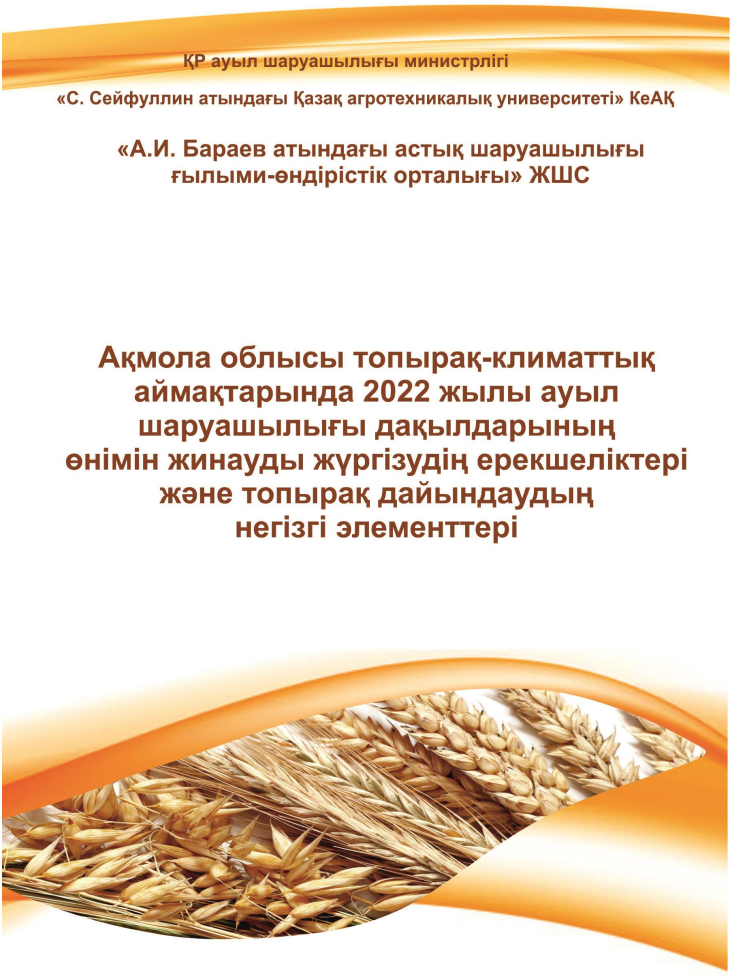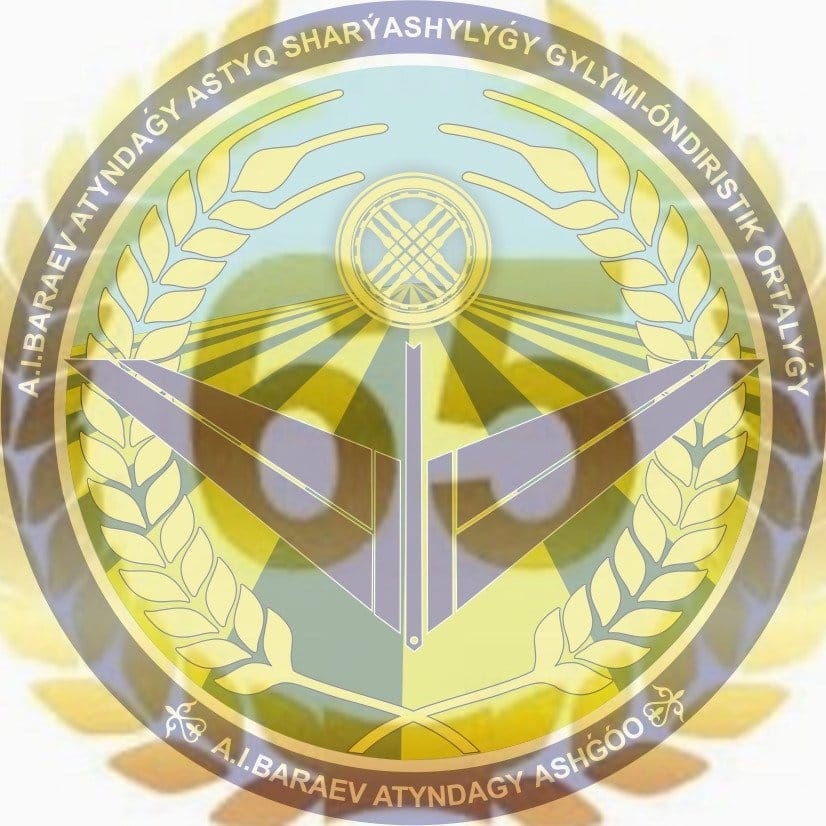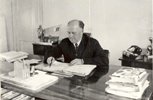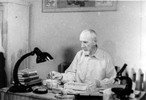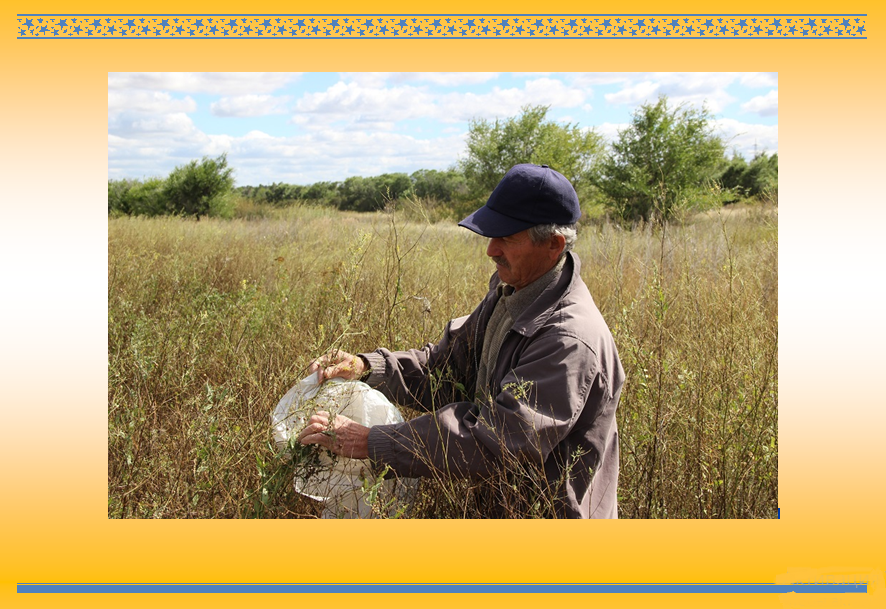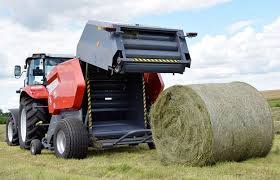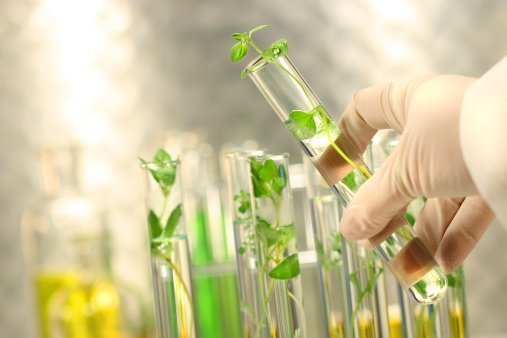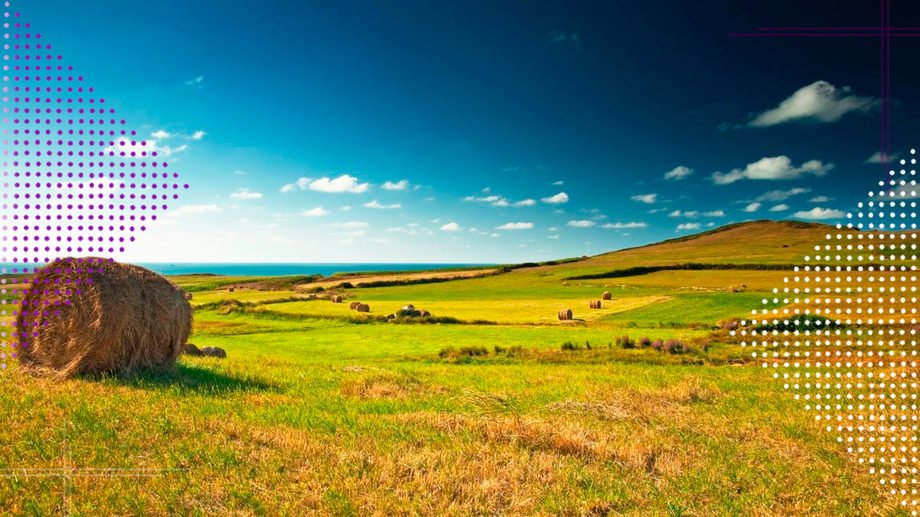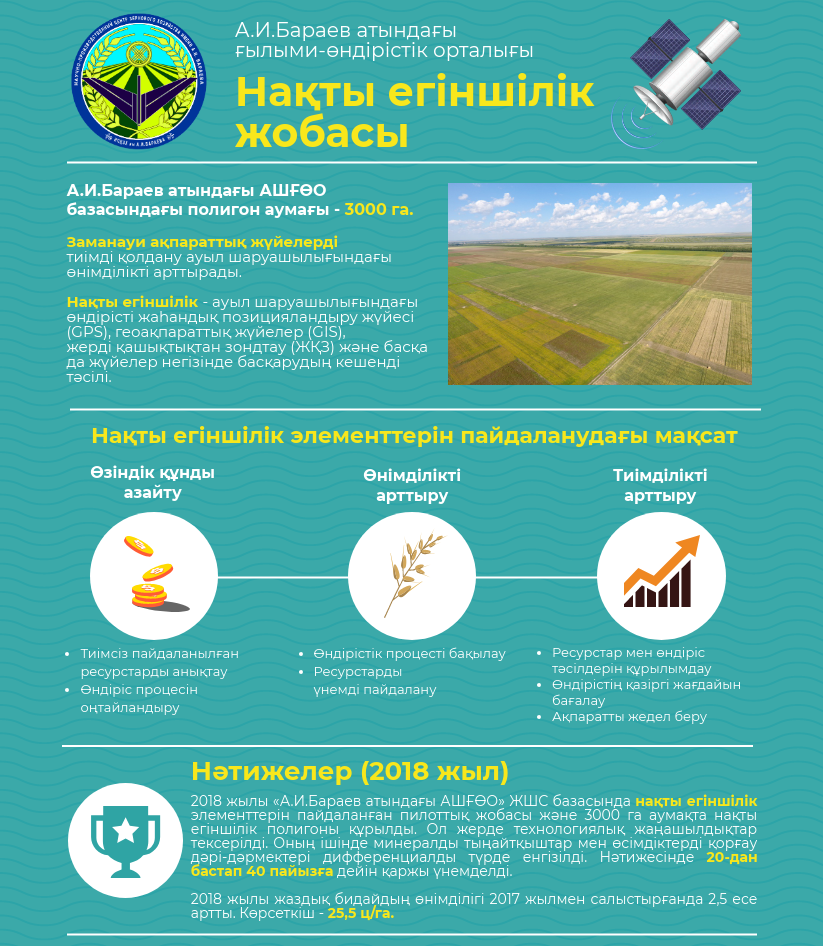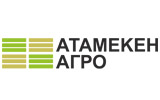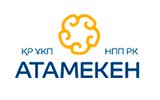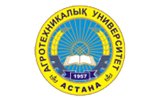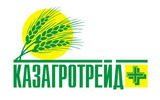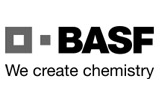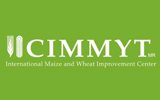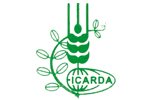Perennial legume herbs are the basis for the successful development of feed production
Главная / News / Main news

“Scientific and Production Center of Grain Farming named after A.I. Barayev” LLP
Currently, in the agricultural sector of our country, special attention is not paid to feed production, and it is in a neglected state, which create problems that hinder the development of AIC in ensuring food security.
It is well known that feed accounts for more than half of the costs of livestock production, so the efficiency of animal husbandry is largely determined by the development of the feed base.
Studies of scientific institutions of the regions show that the strengthening of the fodder base should be solved mainly by increasing the production of feed due to sown fodder crops and increasing the productivity of natural hayfields and pastures. To do this, the specialists of farms, guided by the achievements of science and best practices, should themselves determine which forage crops are more profitable in local conditions, which structure of acreage and pasture turnover should be adopted.
The results of the research of the SPC GF named after A.I. Barayev in the steppe and forest–steppe zones of Northern Kazakhstan, including the Akmola region, have shown that perennial herbs have a promising value in the feed production system: broad-eared wheat grass, awnless brome, slender wheatgrass, blue wheatgrass (medium), Psathyrostachys juncea; legumes - alfalfa, sainfoin, sweet clover.
Given the lack of protein in animal feed, the task of producing feed protein by expanding the acreage and increasing the collection of balanced feed (hay, vitamin-grass flour, haylage, silage) due to varietal crops of perennial legumes, legumes, rapeseed and oilseeds becomes very urgent. The introduction of new, more productive varieties in the regions of their zoning can contribute to an increase in the yield of feed mass by 20-30% and an increase in feed production. A special place in strengthening the fodder base and solving the problem of vegetable protein production belongs to the main perennial legumes in the north of Kazakhstan – alfalfa, sainfoin, sweet clover.
In recent years, varieties of variegated alfalfa Raykhan, Lazurnaya, and Lucia 14 have been created and zoned at the SPC GF named after A.I. Barayev. On non-irrigated lands, a grass stand of one or two mowing is formed, in one place they can grow for 3-4 years or more without a significant decrease in yield, as a result of which material resources are saved on tillage. They are characterized by drought resistance, high winter and frost resistance. Good foliage of plants provides a high nutritional value of the resulting feed. So, when harvesting for hay at the beginning of flowering, 1 kg of dry matter contains 0.74-0.96 feed units, 178-220 g of raw protein, 130-140 g of digestible protein. The yield of herbage (for one mowing) is 106-158 kg/ha, dry matter (hay) is 38-56 kg/ha, in years favorable for moistening it provides two mowing – 202-244 kg / ha of herbage, 60-73 kg / ha of hay, seeds – 2.0-2.7 kg/ ha.
Sainfoin in the steppe and forest-steppe regions of Northern Kazakhstan is also recognized as no less valuable forage crop than alfalfa. As of 2022, the State Register of Breeding Achievements in Northern Kazakhstan has approved the use of 6 varieties of Hungarian sainfoin, including 3 varieties of SPC GF breeding: Shortandinsky 83, Flamingo and Shortandinsky rubin. Its greatest yield in comparison with alfalfa is noted in conditions of insufficient moisture. Sainfoin is of little use to soils and, in the presence of moisture, gives high yields even on poor soils, is characterized by winter hardiness, has ecological plasticity and high feed value. Herbage is used for haylage, grass flour and hay, when fed fresh does not cause tympanitis of animals (cattle and horses). Unlike other leguminous grasses in extremely arid conditions, the yield of herbage is 104-130 c/ha (for one mowing), dry matter is 27-43.0 c/ha, seeds are 3.3-3.9 c/ha. In years favorable for humidification, the potential yield of herbage in the amount of 2 mowing is 380-407 c/ha, hay 71-120 c/ha, seeds - 4.8-7.1 c/ha. The content of feed units in hay is 0.74-0.98 kg/kg, crude protein - 18-22%, digestible protein - 127-141 g in 1 feed unit.
In increasing the efficiency of forage production in the conditions of dry steppes in the sharply continental climate of Northern Kazakhstan, a significant role belongs to the sweet clover. In yield, two–year-old species are mainly common - yellow, white, Volga sweet clover.
This crop is a valuable type of feed for farm animals and birds. It is cultivated for green fodder, hay, silage, vitamin grass flour. The feeds from the sweet clover are of high quality and digestibility. Sweet clover is a drought-resistant plant, but it reacts well to moisture. In the second year, its harvest is satisfactory even on infertile soil in a dry year.
In the SPC GF named after A.I. Barayev, a comparative assessment of the types of sweet clover showed that yellow and Volga sweet clover were less demanding to growing conditions and more drought-resistant. Currently, according to the State Register of Breeding Achievements, 9 varieties of sweet clover have been approved for use in Northern Kazakhstan, including varieties of Volga sweet clover of SPC GF named after A.I. Barayev Akbas, Bars, Karlybas and 2 varieties of yellow sweet clover – Sarbas and Altynbas. The yield of herbage (for one mowing) on zonal soils (southern carbonate chernozem) in arid conditions is 110-135 c/ha, dry matter (hay) is 33-45 c/ha, seeds - 1.2-2.0 c/ha, in years favorable for moisture provides two mowing – 170-228 c/ha of herbage, 46-57 kg/ha of hay, seeds – 2.5-3.0 kg/ha.
A large reserve for strengthening the fodder base of animal husbandry is the cultivation of herbs on saline lands, while a significant role belongs to the legume culture of sweet clover. Studies have shown that in the saline southern chernozem of the chloride-sulfate type of salinization with a salt content of 0.3-0.35%, the sweet clover provides a high yield of herbage – from 117 to 164 c/ha, hay – 27-38 c/ha. The content of feed units in hay is 0.74-0.98 kg/kg, crude protein - 18-21%, crude fiber – 17-23%, crude fat – 2.1-2.3%, digestible protein - 124-149 g in 1 feed unit.
Thus, the expansion of varietal crops of alfalfa, sainfoin, and sweet clover in agricultural production will contribute to increasing yields, which will ensure the creation of a solid fodder base in the zone of unstable moisture in Northern Kazakhstan.
Parsayev Y.I. - head of laboratory of perennial legumesbreeding
Filippova N.I. – Candidate of Agricultural Sciences, Head of department of perennial herbs breeding
Kobernitskaya T.M. – senior researcher of Laboratory of perennial legumes breeding



